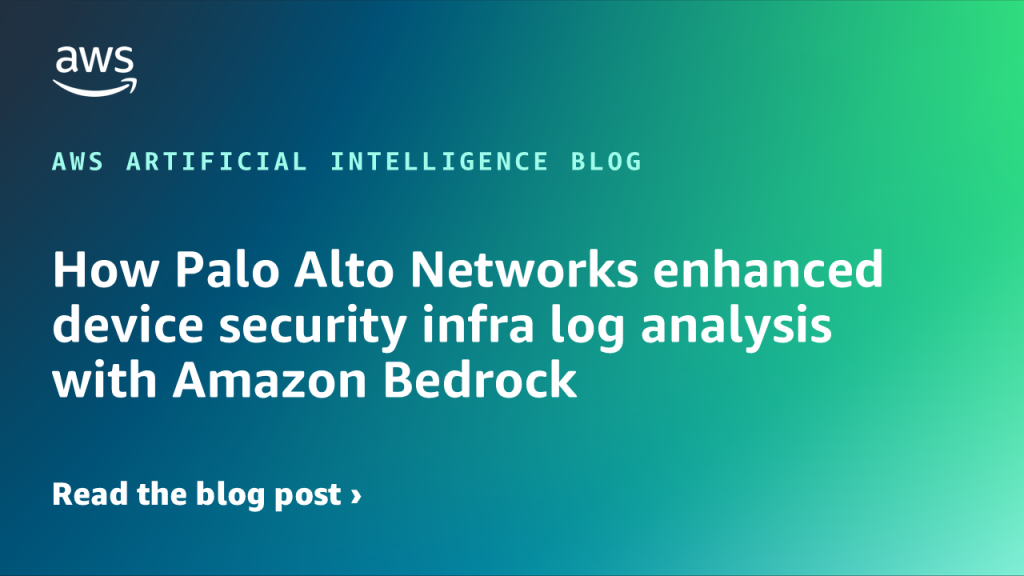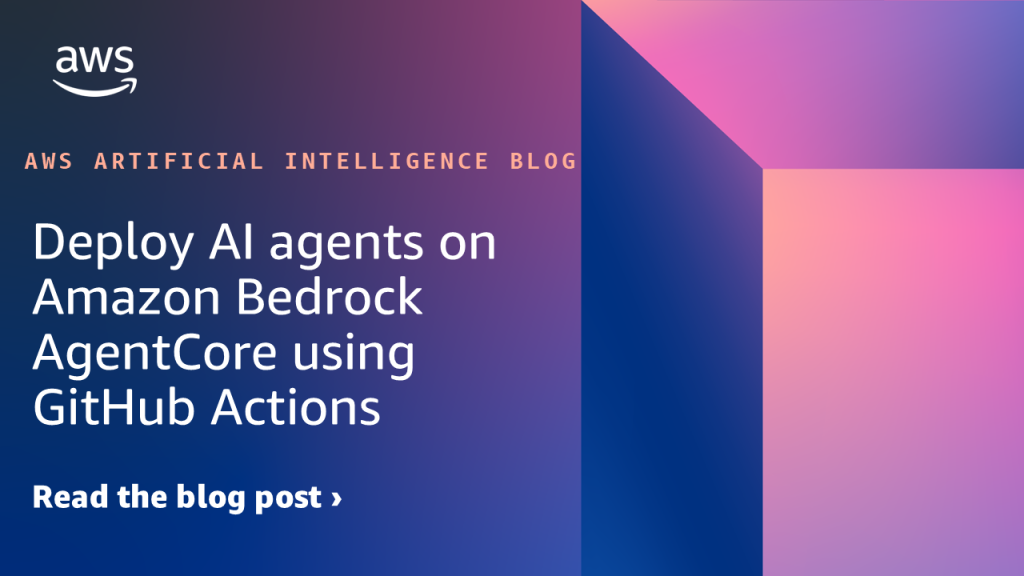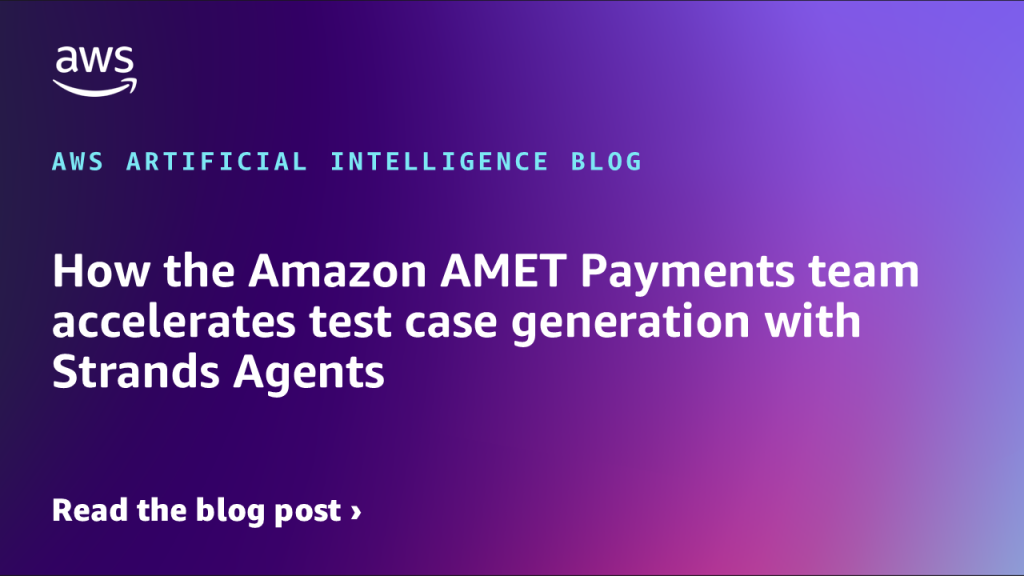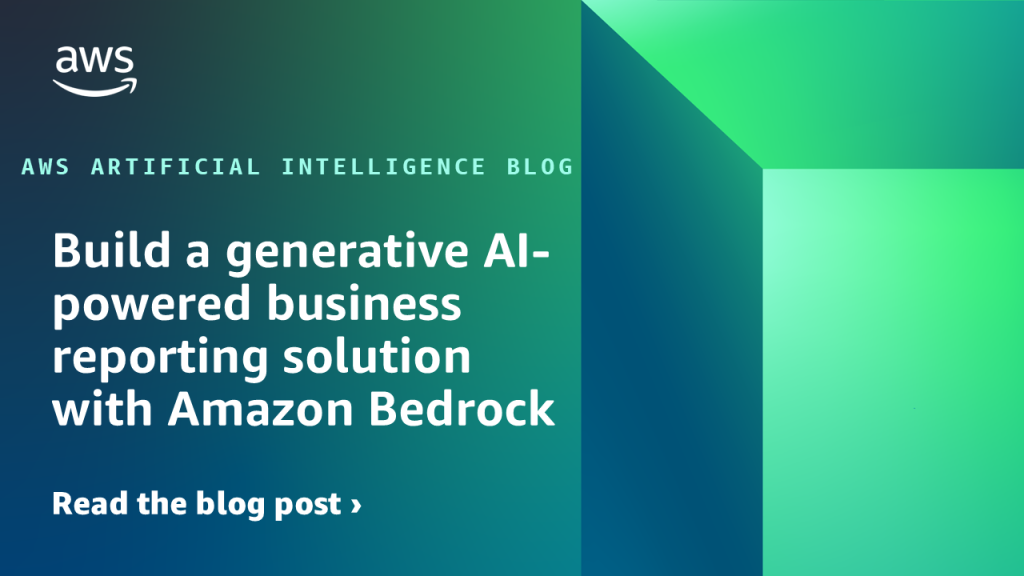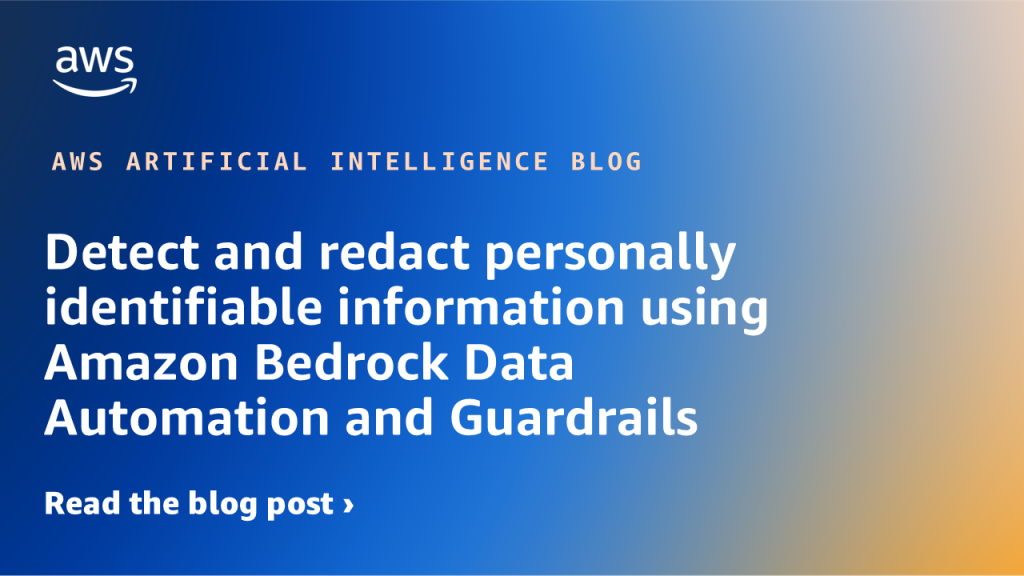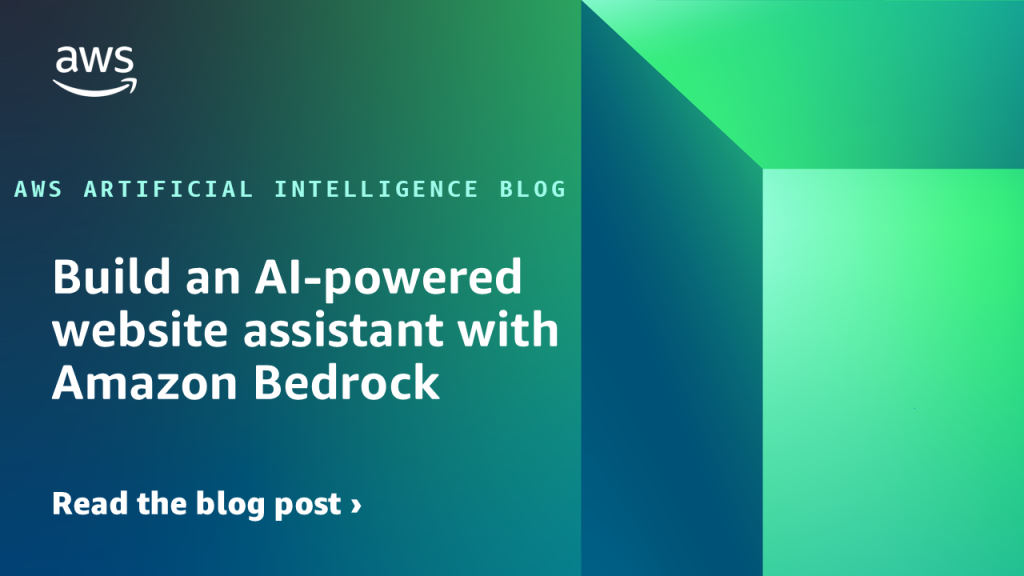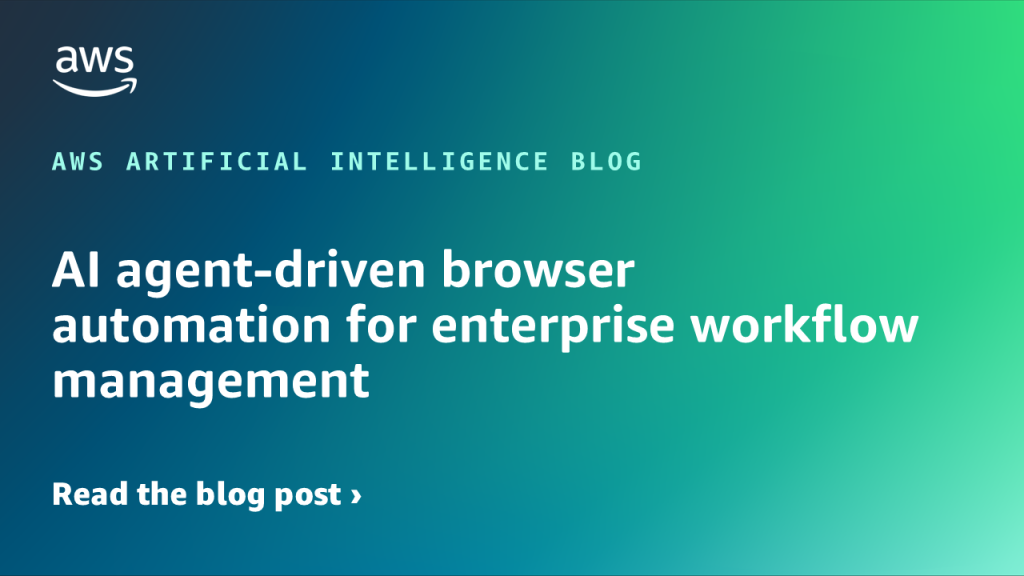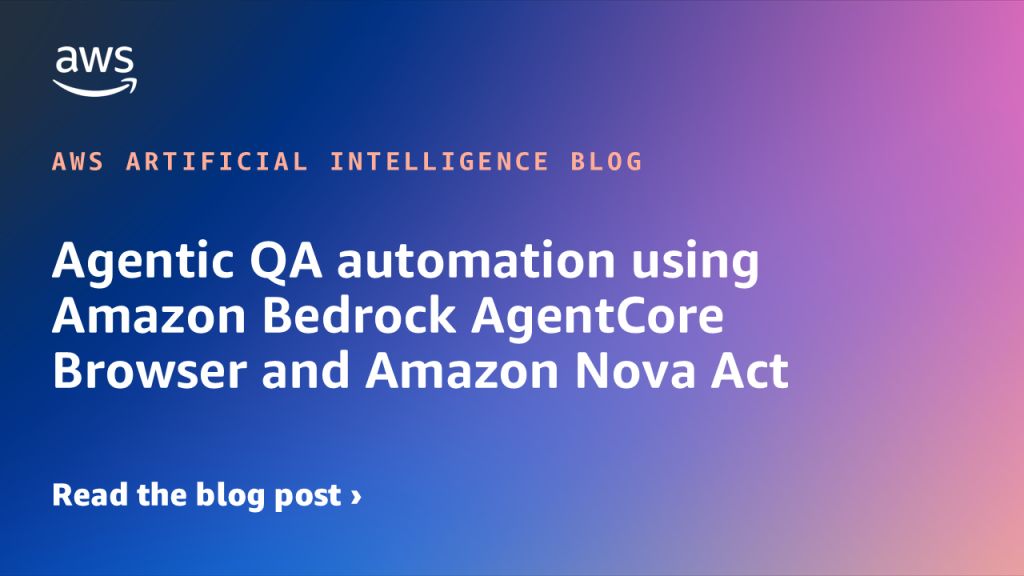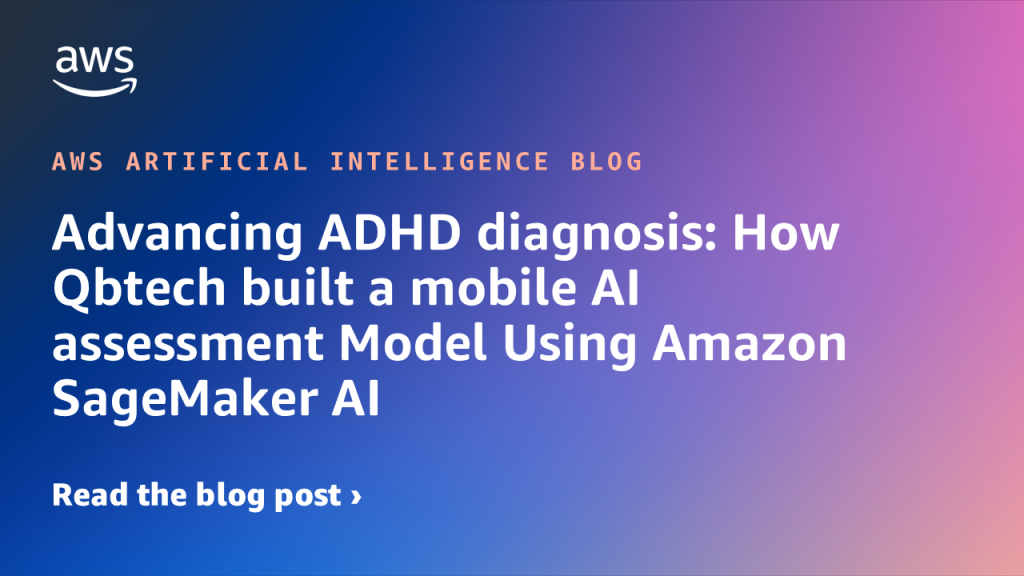Artificial Intelligence
Category: Technical How-to
How Palo Alto Networks enhanced device security infra log analysis with Amazon Bedrock
Palo Alto Networks’ Device Security team wanted to detect early warning signs of potential production issues to provide more time to SMEs to react to these emerging problems. They partnered with the AWS Generative AI Innovation Center (GenAIIC) to develop an automated log classification pipeline powered by Amazon Bedrock. In this post, we discuss how Amazon Bedrock, through Anthropic’ s Claude Haiku model, and Amazon Titan Text Embeddings work together to automatically classify and analyze log data. We explore how this automated pipeline detects critical issues, examine the solution architecture, and share implementation insights that have delivered measurable operational improvements.
Deploy AI agents on Amazon Bedrock AgentCore using GitHub Actions
In this post, we demonstrate how to use a GitHub Actions workflow to automate the deployment of AI agents on AgentCore Runtime. This approach delivers a scalable solution with enterprise-level security controls, providing complete continuous integration and delivery (CI/CD) automation.
How the Amazon AMET Payments team accelerates test case generation with Strands Agents
In this post, we explain how we overcame the limitations of single-agent AI systems through a human-centric approach, implemented structured outputs to significantly reduce hallucinations and built a scalable solution now positioned for expansion across the AMET QA team and later across other QA teams in International Emerging Stores and Payments (IESP) Org.
Build a generative AI-powered business reporting solution with Amazon Bedrock
This post introduces generative AI guided business reporting—with a focus on writing achievements & challenges about your business—providing a smart, practical solution that helps simplify and accelerate internal communication and reporting.
Detect and redact personally identifiable information using Amazon Bedrock Data Automation and Guardrails
This post shows an automated PII detection and redaction solution using Amazon Bedrock Data Automation and Amazon Bedrock Guardrails through a use case of processing text and image content in high volumes of incoming emails and attachments. The solution features a complete email processing workflow with a React-based user interface for authorized personnel to more securely manage and review redacted email communications and attachments. We walk through the step-by-step solution implementation procedures used to deploy this solution. Finally, we discuss the solution benefits, including operational efficiency, scalability, security and compliance, and adaptability.
Build an AI-powered website assistant with Amazon Bedrock
This post demonstrates how to solve this challenge by building an AI-powered website assistant using Amazon Bedrock and Amazon Bedrock Knowledge Bases.
AI agent-driven browser automation for enterprise workflow management
Enterprise organizations increasingly rely on web-based applications for critical business processes, yet many workflows remain manually intensive, creating operational inefficiencies and compliance risks. Despite significant technology investments, knowledge workers routinely navigate between eight to twelve different web applications during standard workflows, constantly switching contexts and manually transferring information between systems. Data entry and validation tasks […]
Agentic QA automation using Amazon Bedrock AgentCore Browser and Amazon Nova Act
In this post, we explore how agentic QA automation addresses these challenges and walk through a practical example using Amazon Bedrock AgentCore Browser and Amazon Nova Act to automate testing for a sample retail application.
Accelerate Enterprise AI Development using Weights & Biases and Amazon Bedrock AgentCore
In this post, we demonstrate how to use Foundation Models (FMs) from Amazon Bedrock and the newly launched Amazon Bedrock AgentCore alongside W&B Weave to help build, evaluate, and monitor enterprise AI solutions. We cover the complete development lifecycle from tracking individual FM calls to monitoring complex agent workflows in production.
Advancing ADHD diagnosis: How Qbtech built a mobile AI assessment Model Using Amazon SageMaker AI
In this post, we explore how Qbtech streamlined their machine learning (ML) workflow using Amazon SageMaker AI, a fully managed service to build, train and deploy ML models, and AWS Glue, a serverless service that makes data integration simpler, faster, and more cost effective. This new solution reduced their feature engineering time from weeks to hours, while maintaining the high clinical standards required by healthcare providers.
